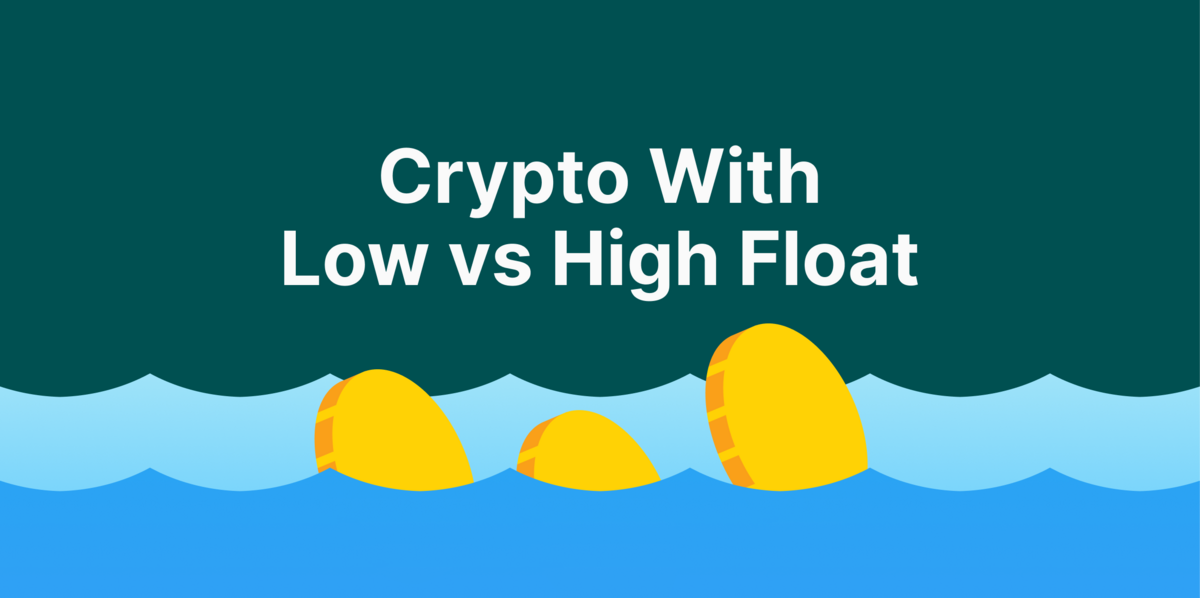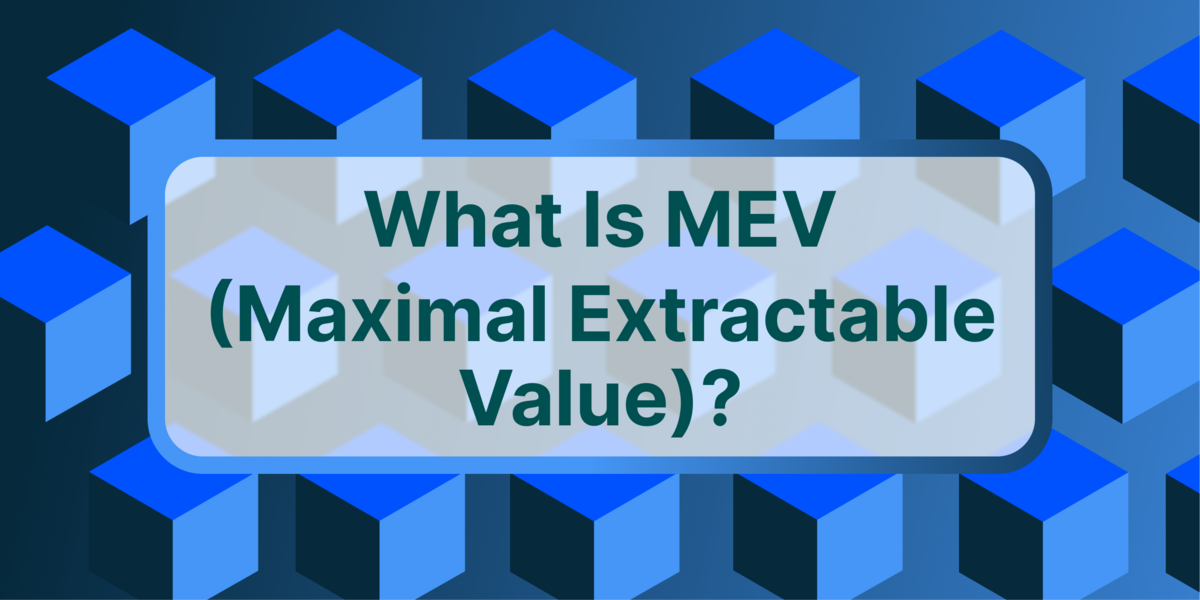Ledgis
LED Price
How is the price of Ledgis (LED) calculated?
The price of Ledgis (LED) is calculated in real-time by aggregating the latest data across 2 exchanges and 2 markets, using a global volume-weighted average formula. Learn more about how crypto prices are calculated on CoinGecko.
Ledgis Price Chart (LED)
| 1h | 24h | 7d | 14d | 30d | 1y |
|---|---|---|---|---|---|
| 0.0% | 0.6% | 26.5% | 5.0% | 13.4% | 45.6% |
LED Converter
|
Market Cap
Market Cap = Current Price x Circulating Supply
Refers to the total market value of a cryptocurrency’s circulating supply. It is similar to the stock market’s measurement of multiplying price per share by shares readily available in the market (not held & locked by insiders, governments) Read More |
$515,174 |
|---|---|
|
Market Cap / FDV
The proportion of current market capitalization compares to market capitalization when meeting max supply.
The closer the Mkt Cap/FDV to 1, the closer the current market capitalization to its fully diluted valuation and vice versa. Learn more about Mkt Cap/FDV here. |
0.04 |
|
Fully Diluted Valuation
Fully Diluted Valuation (FDV) = Current Price x Total Supply
Fully Diluted Valuation (FDV) is the theoretical market capitalization of a coin if the entirety of its supply is in circulation, based on its current market price. The FDV value is theoretical as increasing the circulating supply of a coin may impact its market price. Also depending on the tokenomics, emission schedule or lock-up period of a coin's supply, it may take a significant time before its entire supply is released into circulation. Learn more about FDV here. |
$12,544,211 |
|
24 Hour Trading Vol
A measure of a cryptocurrency trading volume across all tracked platforms in the last 24 hours. This is tracked on a rolling 24-hour basis with no open/closing times.
Read More |
$76.34 |
|
Circulating Supply
The amount of coins that are circulating in the market and are tradeable by the public. It is comparable to looking at shares readily available in the market (not held & locked by insiders, governments).
Read More |
41,068,691
|
|
Total Supply
The amount of coins that have already been created, minus any coins that have been burned (removed from circulation). It is comparable to outstanding shares in the stock market.
Total Supply = Onchain supply - burned tokens |
1,000,000,000 |
LED Historical Price
| 24h Range | $0.01087 – $0.01262 |
|---|---|
| 7d Range | $0.009180 – $0.01277 |
| All-Time High |
$1.94
99.4%
Dec 08, 2021 (over 2 years)
|
| All-Time Low |
$0.009084
38.1%
Apr 30, 2024 (12 days)
|
How do you feel about LED today?
Where can you buy Ledgis?
LED tokens can be traded on centralized crypto exchanges. The most popular exchange to buy and trade Ledgis is GoPax, where the most active trading pair LED/KRW has a trading volume of $76.35 in the last 24 hours.
What is the daily trading volume of Ledgis (LED)?
The trading volume of Ledgis (LED) is $76.34 in the last 24 hours, representing a 23.40% increase from one day ago and signalling a recent rise in market activity.
What is the all-time high for Ledgis (LED)?
The highest price paid for Ledgis (LED) is BTC0.00005386, which was recorded on Dec 08, 2021 (over 2 years). Comparatively, the current price is -99.40% lower than the all-time high price.
What is the all-time low for Ledgis (LED)?
The lowest price paid for Ledgis (LED) is BTC0.061396, which was recorded on Apr 30, 2024 (12 days). Comparatively, the current price is 38.10% higher than the all-time low price.
What is the market cap of Ledgis (LED)?
Market capitalization of Ledgis (LED) is BTC8.3504 and is ranked #3108 on CoinGecko today. Market cap is measured by multiplying token price with the circulating supply of LED tokens (41 Million tokens are tradable on the market today).
What is the fully diluted valuation of Ledgis (LED)?
The fully diluted valuation (FDV) of Ledgis (LED) is BTC203.3278. This is a statistical representation of the maximum market cap, assuming the maximum number of 1 Billion LED tokens are in circulation today. Depending on how the emission schedule of LED tokens are designed, it might take multiple years before FDV is realized.
How does the price performance of Ledgis compare against its peers?
With a price increase of 26.50% in the last 7 days, Ledgis (LED) is outperforming the global cryptocurrency market which is down -3.50%.
Ledgis Markets
| # | Exchange | Pair | Price | Spread | +2% Depth | -2% Depth | 24h Volume | Volume % | Last Updated | Trust Score | |
|---|---|---|---|---|---|---|---|---|---|---|---|
| 1 |
CEX
|
$0.0125446721610385800000000000000000000 | 13.37% | $0 | $0 | $76.00 | 100.0% |
Recently
|
|||
| 2 |
CEX
|
$0.0101006523320433530000000000000000000000 | 15.6% | $0 | $0 | $89.00 | 112.26% |
5 days ago
Inactive - No trades in the last 3 hours
|
|||
Ledgis Guides






















 Or check it out in the app stores
Or check it out in the app stores
